
Competitions: five copies of Le Corbusier - béton brut and ineffable space 1940-1965 to be won
Competition: we've teamed up with publishers Routledge to offer our readers the chance to win one of five copies of Le Corbusier - béton brut and ineffable space 1940-1965 by Roberto Gargiani and Anna Rosellini.
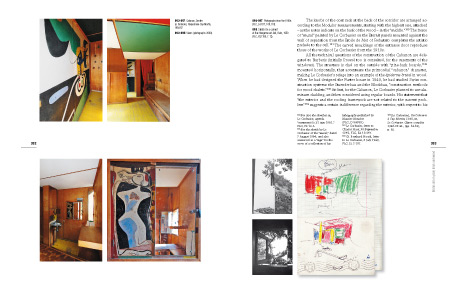
The 608-page full-colour book is based on the study of previously neglected or unknown documents with a focus on materials and construction techniques.
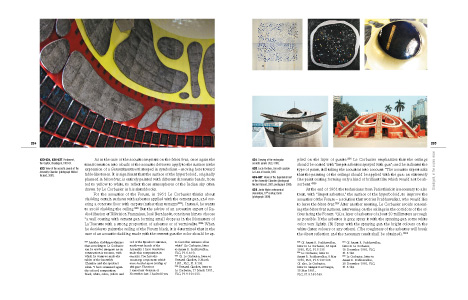
It includes 1350 photographs and drawings, delving into the project management and construction of several buildings in the period 1940 – 1965, including Le Corbusier's famous Unités d’Habitation and Chandigarh projects.
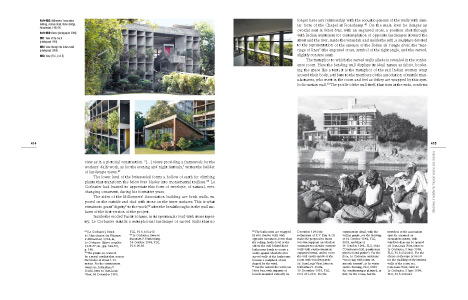
This competition has now closed.
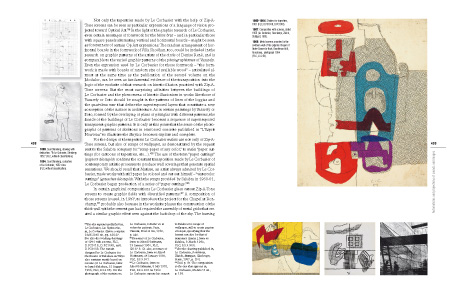
Read our privacy policy here.
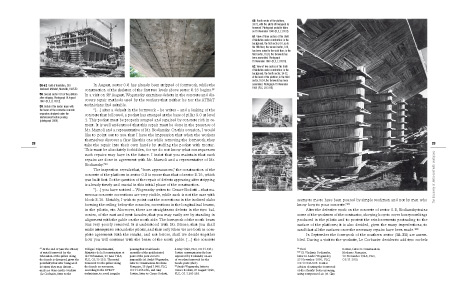
Five winners will be selected at random and notified by email. Winners’ names will be published in a future edition of our Dezeenmail newsletter and at the bottom of this page. Dezeen competitions are international and entries are accepted from readers in any country.
Subscribe to our newsletter, get our RSS feed or follow us on Twitter for details of future competitions.
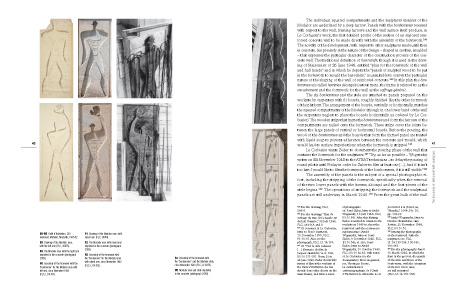
Here are some more details from the publishers:
This groundbreaking essay on Le Corbusier provides a new perspective that is based on exhaustive archival research and the study of neglected or completely unknown documents stored at the Fondation Le Corbusier. This source of documents has proven to be extremely valuable, with information on the aesthetic principles of Le Corbusier during the post World-War-II period, explaining his manner of defining the final artistic quality of the work directly at the construction site, as if he were dealing with a sculpture or tableau.Béton brut, a term invented by Le Corbusier himself at the beginning of the 1950s to designate his own particular use of exposed concrete, is analyzed from all angles for the first time: its fabrication with a rigorous selection of its constituent materials; its final form and positioning of the formwork in order to obtain the desired textural imprint; and the treatment of the surface with special types of paint.
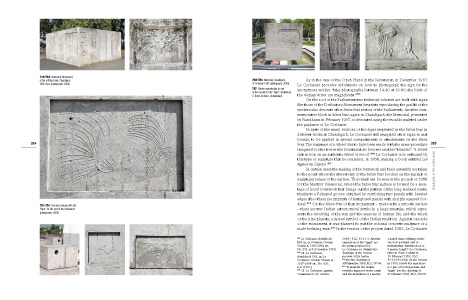
The essay also delves into the project management and the construction of several buildings in the period 1940-1965. Each worksite, from the Unité d’Habitation (Housing Unit) at Marseille to the city of Chandigarh, and also including the Tokyo museum, the Carpenter Center in Cambridge and the Unité d’Habitation at Berlin, are analyzed in detail. In this volume, the associates, the enterprises, and even the masons become the actors of a complex creative process that Le Corbusier directs with mastery. All the forms of artistic expression that converge into what Le Corbusier defines as the espace indicible (ineffable space) are commented and documented, from the insertion of the basic materials such as the tapestries and paint in the qualification of these spaces, to the way in which photography is used to study the unexpressed potentialities of his own architecture and paintings.
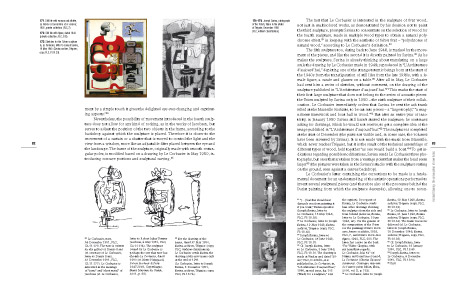
Indeed, Le Corbusier was able to integrate, in the genesis of the space and in the quality of the construction materials, the principle contemporary artistic phenomena, such as the automatisms of Breton and Dubuffet, the musique concrète of Varèse, Klein’s research on monochrome art, Pop Art and the transfer concept. It is thus a new vision that the essay reveals about the last and fundamental works of Le Corbusier which have, paradoxically, been less studied than his earlier work. In this volume, the questions of optics, artistic vision, and the psychophysiology of perception are studied, at last, in parallel with the technical questions of the materials used in his various works. This approach reveals the existence of a series of theoretical questions about the artistic process, ignored until now, that are shown to be indispensable for the complete understanding of the work of Le Corbusier during the period following World War II.
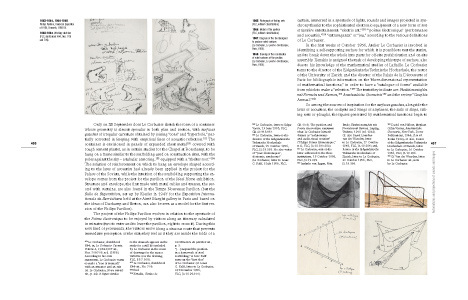
This essay, meticulously referenced with footnotes and richly illustrated with hundreds of document reproductions and photographs from the archives of the Fondation Le Corbusier, will be of interest to all those who wish to better understand the development of the architecture of the 20th century, in its deepest cultural context.
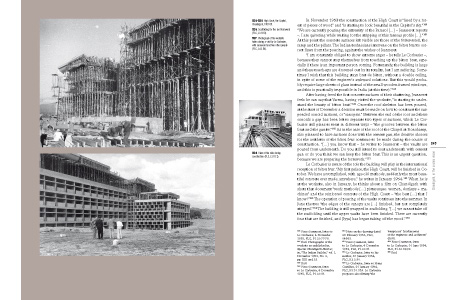
The discovery of béton brut with malfaçons : the worksite of the Unité d’Habitation at Marseille
Entraînement d’acrobate : the provocateur des formes neuves
Unités d’Habitation at Rezé-lès-Nantes, Berlin and Briey-en-Forêt
Chandigarh, or the cosmic vision
Epiderme brutal in pisé, brick and wood
Machines à habiter for vision and tropical climates
Automatisms and the projection of sound and image
Towards a nouvelle stéréotomie
Le Corbusier
Béton Brut and Ineffable Space 1940-1965
Authors: Roberto Gargiani and Anna Rosellini
ISBN: 978-2-940222-50-6
608 pages, 17 × 24 cm,
1350 photographs and drawings
Full color printing, flexi-bound.
Price for Switzerland: 119.00 CHF
Export price: 89.50 euros
Congratulations to the winners! Chris Austin in Australia, Sofia Ioannidi in Greece, Roland Rosell in Singapore, Justine Bell in the UK and Kristína Rypáková in Slovakia all won a copy of Le Corbusier - béton brut and ineffable space 1940-1965.